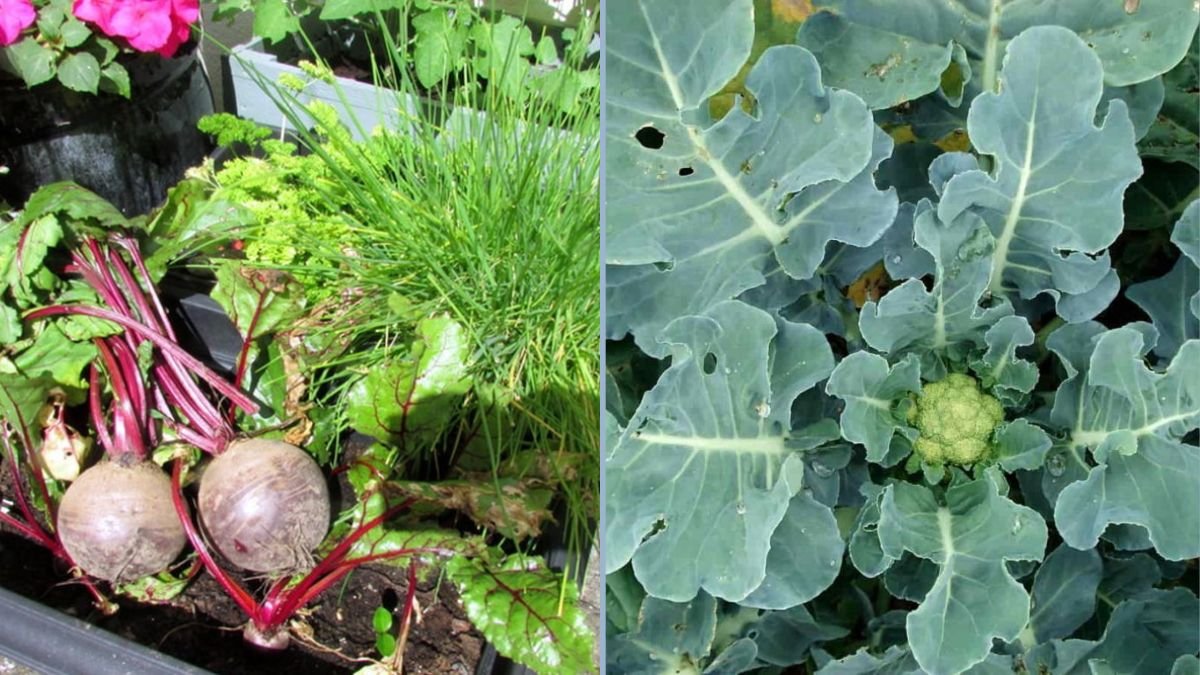The rainy season offers unique opportunities and challenges for vegetable gardening. Abundant rainfall can support lush growth, increase yields, and improve soil fertility, but excessive moisture, poor drainage, and high humidity can also lead to pest and disease outbreaks. Understanding how to manage water, select suitable crops, and implement sustainable gardening practices is key to successful vegetable cultivation during this period. This article explores strategies, crop selection, and practical techniques for growing vegetables during rainy seasons, ensuring healthy plants and bountiful harvests.
Challenges of Rainy Season Gardening
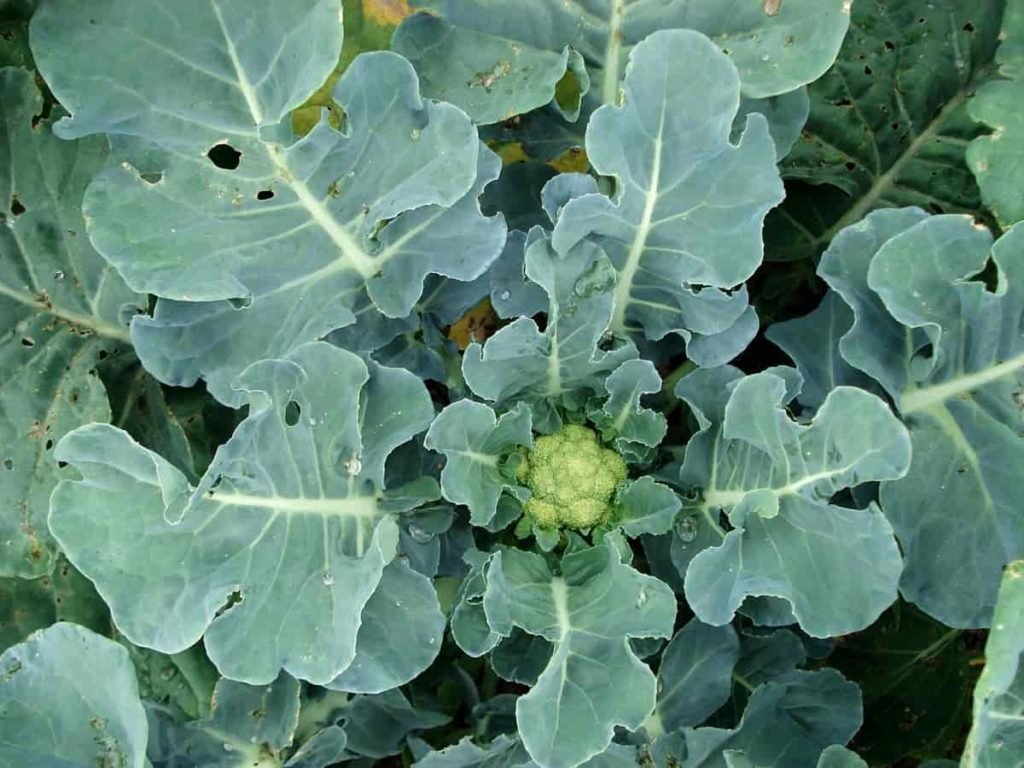
While rainfall provides essential water for plants, it also brings challenges:
- Waterlogging: Excess water can suffocate roots, reduce oxygen availability, and cause root rot.
- Fungal and Bacterial Diseases: High humidity promotes blight, downy mildew, leaf spots, and damping-off in seedlings.
- Pest Infestations: Slugs, snails, and certain insects thrive in moist conditions.
- Soil Erosion and Nutrient Leaching: Heavy rains can wash away topsoil and nutrients, affecting plant growth.
- Reduced Sunlight: Cloudy weather limits photosynthesis, slowing growth in some crops.
Understanding these challenges allows gardeners to adopt strategies that turn rainy season conditions into advantages.
Selecting Rainy Season Vegetables
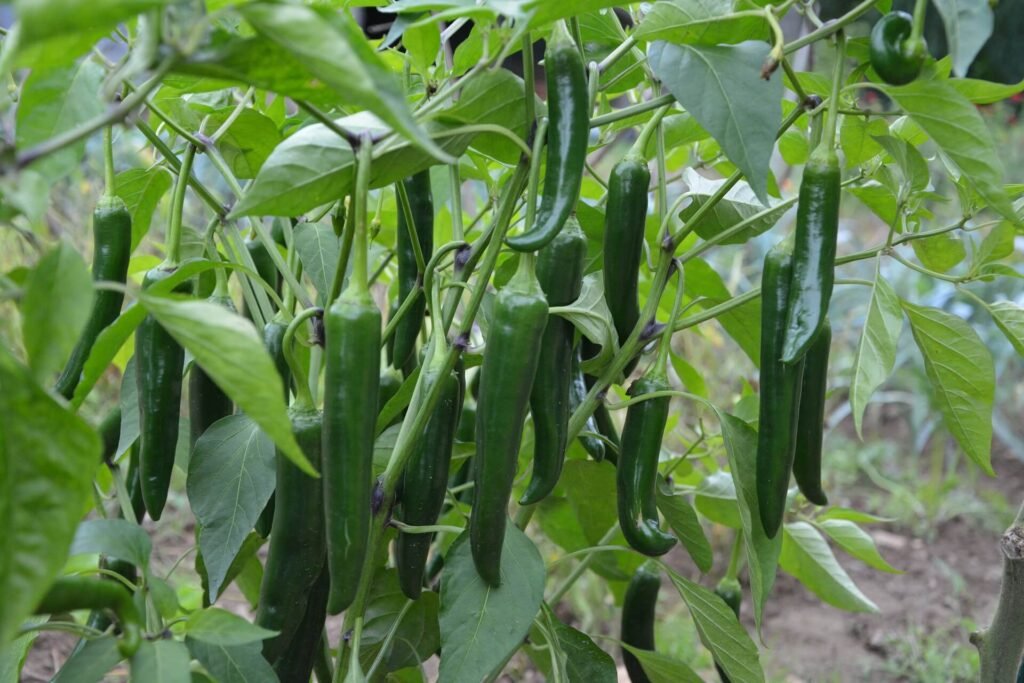
Certain vegetables thrive in high moisture and cooler temperatures. Choosing the right crops ensures better growth and reduces disease susceptibility.
1. Leafy Greens
- Spinach: Fast-growing and tolerant of wet conditions.
- Amaranth: Thrives in humid weather and grows quickly.
- Lettuce: Select disease-resistant varieties suitable for rainy climates.
- Fenugreek: Grows well in well-drained soil and can tolerate moderate rainfall.
2. Root Vegetables
- Radish: Short growing cycle and tolerates moisture.
- Beetroot: Thrives with consistent water but requires well-drained soil.
- Carrot: Needs slightly raised beds to avoid waterlogging; mulching prevents soil compaction.
3. Brassicas
- Cabbage: Cold- and rain-tolerant; provides robust heads during monsoon months.
- Cauliflower and Broccoli: Require careful soil management to prevent rot.
4. Legumes
- Green Beans and Cowpeas: Tolerant to moderate rains and improve soil fertility through nitrogen fixation.
- Peas: Grow well in cooler, wet conditions with proper drainage.
5. Herbs
- Coriander and Mint: Prefer cooler, humid conditions.
- Basil: Thrives in the rainy season if drainage is adequate.
Selecting crops with natural tolerance to wet conditions reduces losses and ensures a continuous harvest.
Preparing Your Garden for Rainy Season
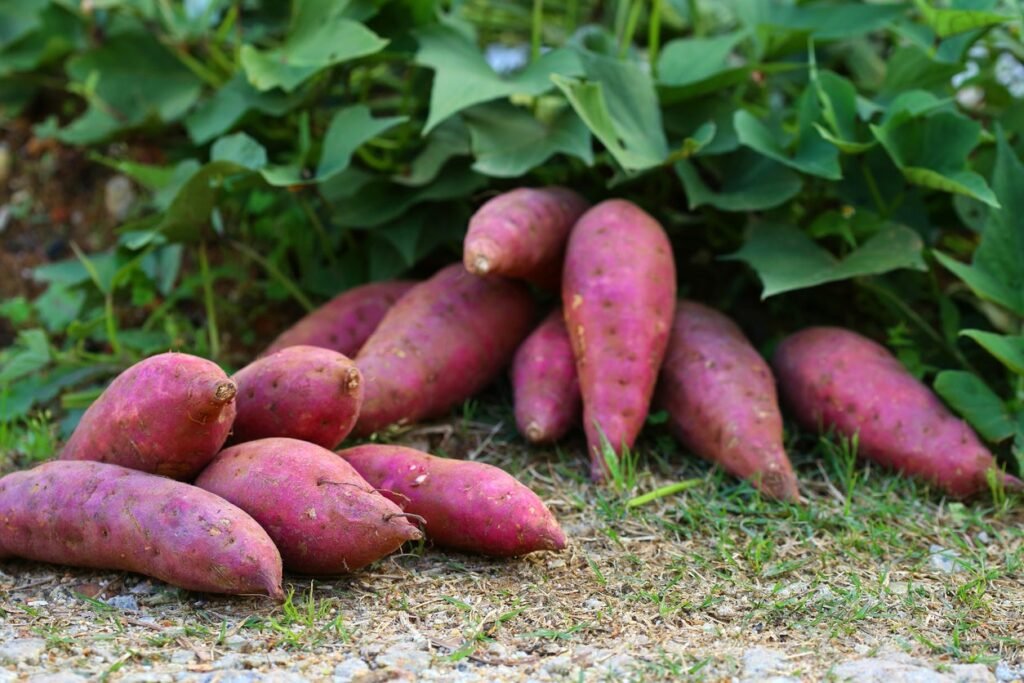
Proper preparation is critical for successful gardening during the rains.
1. Soil Preparation
- Raised Beds: Elevate planting areas to prevent waterlogging.
- Well-Draining Soil: Incorporate sand, compost, or organic matter to improve aeration.
- Mulching: Use straw, dried leaves, or coconut husks to protect soil from erosion, retain moisture, and reduce splash-borne diseases.
2. Seed Selection and Sowing
- Use disease-resistant seeds to reduce fungal outbreaks.
- Direct Sowing vs. Seedlings: Fast-growing crops like radish can be sown directly; delicate crops can start indoors or in trays for later transplanting.
- Ensure proper spacing to enhance airflow and reduce humidity around plants.
3. Water Management
- Although rainfall is abundant, monitor soil moisture to avoid waterlogging.
- Implement drainage channels or trenches to divert excess water.
- Avoid overhead watering, which can increase leaf wetness and promote fungal growth.
4. Sunlight and Shading
- Cloudy weather reduces photosynthesis; provide raised platforms or reflective surfaces to maximize light exposure.
- Avoid over-shading, as reduced sunlight can slow growth and encourage fungal infections.
Pest and Disease Management
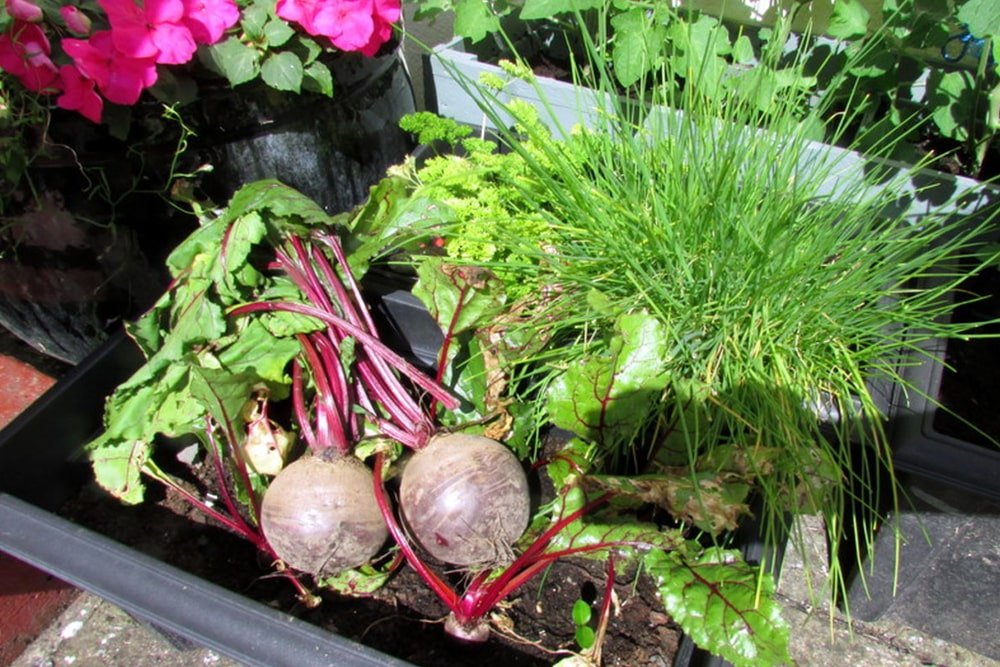
Rainy seasons favor pests and diseases, making preventive measures essential:
1. Fungal and Bacterial Control
- Use fungus-resistant varieties whenever possible.
- Apply organic sprays such as neem oil, garlic, or cow urine (plant-safe options) to reduce fungal growth.
- Remove diseased leaves and plants promptly to prevent spread.
2. Pest Management
- Slugs and Snails: Use crushed eggshells, diatomaceous earth, or ash around plants.
- Aphids and Caterpillars: Employ natural predators such as ladybugs or lacewings.
- Mechanical Methods: Handpicking pests, using traps, and maintaining garden hygiene are highly effective.
3. Crop Rotation and Companion Planting
- Rotate crops to prevent buildup of soil-borne diseases.
- Interplanting with pest-repellent herbs such as basil, mint, or coriander helps reduce pest pressure.
Nutrient Management
Heavy rains can wash away nutrients, so maintaining soil fertility is essential:
- Organic Fertilizers: Compost, vermicompost, and green manure enrich the soil naturally.
- Liquid Fertilizers: Diluted compost tea or seaweed extract provides essential nutrients without harming soil ecology.
- Avoid Over-Fertilization: Excess nitrogen encourages leafy growth that is more susceptible to fungal diseases.
Garden Maintenance Tips
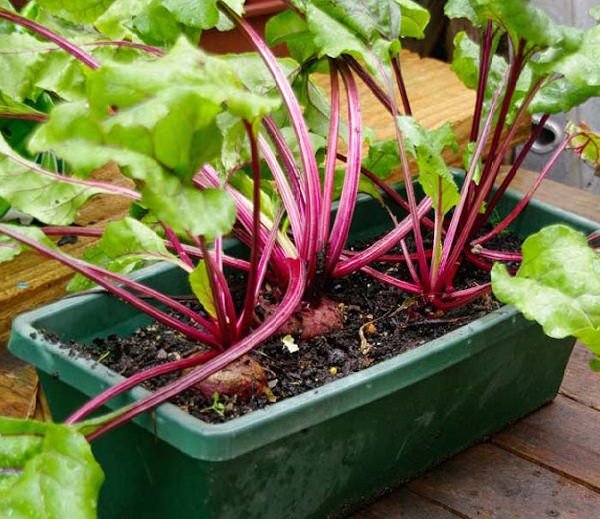
- Mulching: Reapply organic mulch to prevent soil compaction and nutrient leaching.
- Weeding: Remove weeds regularly, as wet conditions favor their growth.
- Pruning: Thin overcrowded plants to improve airflow and reduce fungal infection.
- Staking and Supports: Support tall crops like beans, tomatoes, and chili peppers to prevent lodging in heavy rain.
Harvesting During the Rainy Season
- Timing: Harvest in dry periods to prevent post-harvest diseases.
- Handling: Gently wash vegetables with clean water to remove soil and debris.
- Storage: Use ventilated baskets or trays and avoid plastic bags, which trap moisture and encourage rot.
Benefits of Rainy Season Gardening
- Increased Productivity: Abundant rainfall supports rapid growth and lush crops.
- Sustainability: Reduces the need for frequent irrigation.
- Nutrient-Rich Crops: Cool, wet conditions enhance flavor and nutritional content.
- Year-Round Gardening: Extends the growing calendar for kitchen gardens, complementing summer and winter crops.
- Cost-Effective: Organic mulch and rainwater reduce gardening expenses.
Case Examples
- Leafy Greens: Spinach and amaranth in raised beds produced lush leaves during monsoon months, outperforming summer crops in taste and yield.
- Root Vegetables: Radishes and carrots grown on slightly raised soil matured faster and had improved flavor due to consistent moisture.
- Brassicas: Broccoli and cabbage survived heavy rainfall with proper spacing, mulching, and disease management.
These examples demonstrate that with preparation and attention to environmental factors, rainy season gardening can be highly productive and sustainable.
Conclusion
Growing vegetables during the rainy season requires careful planning, proper soil and water management, pest and disease control, and the selection of suitable crops. Leafy greens, root vegetables, brassicas, legumes, and cold-tolerant herbs thrive in wet conditions when grown with organic and sustainable practices.
Raised beds, proper spacing, mulching, drainage channels, and natural pest management techniques ensure healthy plants, reduce losses, and enhance yield. By following these strategies, gardeners can make the most of the rainy season, producing fresh, nutritious vegetables while promoting sustainable, environmentally friendly gardening practices.
Rainy season gardening not only ensures continuous food supply but also improves soil health, reduces irrigation costs, and provides an opportunity to cultivate a resilient, productive kitchen garden. With careful planning and consistent maintenance, gardeners can transform challenges posed by heavy rains into opportunities for abundant, high-quality vegetable harvests.
